
Genus is a taxonomic rank above species and below family as used in the biological classification of living and fossil organisms as well as viruses. In binomial nomenclature, the genus name forms the first part of the binomial species name for each species within the genus.

Thelypteridaceae is a family of about 900 species of ferns in the order Polypodiales. In the Pteridophyte Phylogeny Group classification of 2016, it is placed in the suborder Aspleniineae. Alternatively, the family may be submerged in a very broadly defined family Aspleniaceae as the subfamily Thelypteridoideae.

The Scrophulariaceae are a family of flowering plants, commonly known as the figwort family. The plants are annual and perennial herbs, as well as shrubs. Flowers have bilateral (zygomorphic) or rarely radial (actinomorphic) symmetry. The Scrophulariaceae have a cosmopolitan distribution, with the majority found in temperate areas, including tropical mountains. The family name is based on the name of the included genus Scrophularia L.
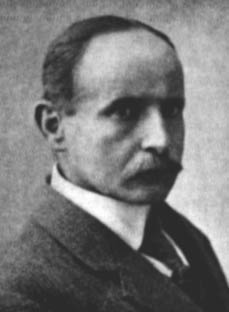
Friedrich Richard Rudolf Schlechter was a German taxonomist, botanist, and author of several works on orchids.

The Canellaceae are a family of flowering plants in the order Canellales. The order includes only one other family, the Winteraceae. Canellaceae is native to the Afrotropical and Neotropical realms. They are small to medium trees, rarely shrubs, evergreen and aromatic. The flowers and fruit are often red.
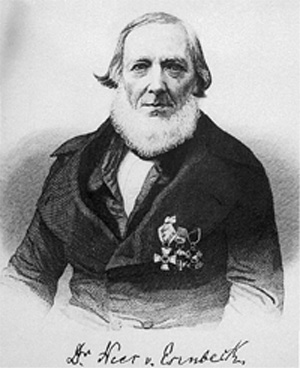
Christian Gottfried Daniel Nees von Esenbeck was a prolific German botanist, physician, zoologist, and natural philosopher. He was a contemporary of Goethe and was born within the lifetime of Linnaeus. He described approximately 7,000 plant species. His last official act as president of the German Academy of Natural Scientists Leopoldina was to admit Charles Darwin as a member. He was the author of numerous monographs on botany and zoology. His best-known works deal with fungi.

Stephan Friedrich Ladislaus Endlicher, also known as Endlicher István László, was an Austrian botanist, numismatist and Sinologist. He was a director of the Botanical Garden of Vienna.
Curt Backeberg was a German horticulturist especially known for the collection and classification of cacti.
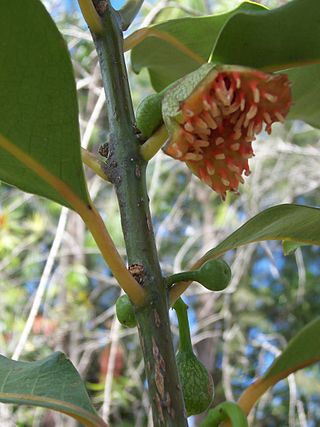
The Monimiaceae is a family of flowering plants in the magnoliid order Laurales. It is closely related to the families Hernandiaceae and Lauraceae. It consists of shrubs, small trees, and a few lianas of the tropics and subtropics, mostly in the southern hemisphere. The largest center of diversity is New Guinea, with about 75 species. Lesser centres of diversity are Madagascar, Australia, and the neotropics. Africa has one species, Xymalos monospora, as does Southern Chile. Several species are distributed through Malesia and the southwest Pacific.

Carl Sigismund Kunth was a German botanist. He was also known as Karl Sigismund Kunth or anglicized as Charles Sigismund Kunth. He was one of the early systematic botanists who focused on studying the plants of the Americas. Kunth's notable contributions include the publication of Nova genera et species plantarum quas in peregrinatione ad plagam aequinoctialem orbis novi collegerunt Bonpland et Humboldt. This work spanned seven volumes and was published between 1815 and 1825.
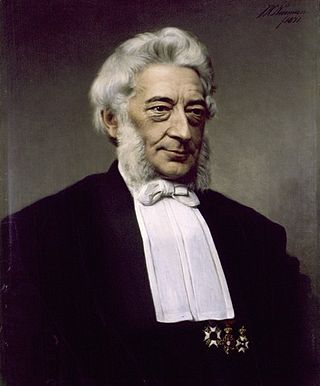
Friedrich Anton Wilhelm Miquel was a Dutch botanist, whose main focus of study was on the flora of the Dutch East Indies.

Eugenius Johann Christoph Esper was a German zoologist and naturalist. Born in Wunsiedel in Bavaria, he was professor of zoology at Erlangen university.

Alfred Rehder was a German-American botanical taxonomist and dendrologist who worked at the Arnold Arboretum of Harvard University. He is generally regarded as the foremost dendrologist of his generation.
Hermann August Theodor Harms was a German taxonomist and botanist.

Huerteales is the botanical name for an order of flowering plants. It is one of the 17 orders that make up the large eudicot group known as the rosids in the APG III system of plant classification. Within the rosids, it is one of the orders in Malvidae, a group formerly known as eurosids II and now known informally as the malvids. This is true whether Malvidae is circumscribed broadly to include eight orders as in APG III, or more narrowly to include only four orders. Huerteales consists of four small families, Petenaeaceae, Gerrardinaceae, Tapisciaceae, and Dipentodontaceae.
Karl Ewald Maximilian Burret, commonly known as Max Burret was a German botanist.

Heinrich Adolf Schrader was a German botanist and mycologist. He studied medicine early in life. He named the Australian plant genus Hakea in 1797.

Thelypteris is a genus of ferns in the subfamily Thelypteridoideae, family Thelypteridaceae, order Polypodiales. Two radically different circumscriptions of the genus are in use as of January 2020. In the Pteridophyte Phylogeny Group classification of 2016, the genus is a very small one with about two species. In other approaches, the genus is the only one in the subfamily Thelypteridoideae, and so includes between 875 and 1083 species.

Wilhelm Daniel Joseph Koch was a German physician and botanist from Kusel, which at various points in his life was under the Holy Roman Empire, part of France and then part of the Kingdom of Bavaria.
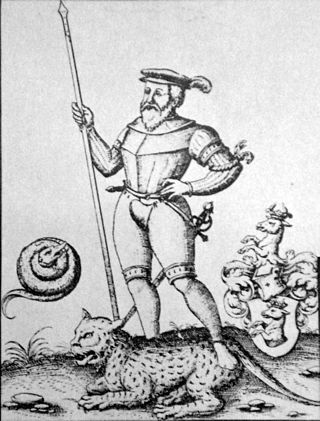
Ulrich Schmidl or Schmidel was a German Landsknecht, conquistador, explorer, chronicler, and councilman. Schmidl was, beside Hans Staden, one of the few Landsknechts who wrote down their experiences of travel in the New World.
















